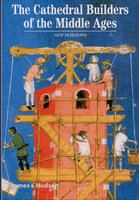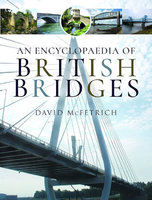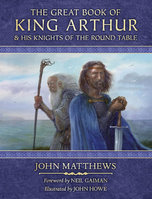New, Quality Gift Books - 50-90% off - over 2500 titles
Your basket is empty.
Categories History TALE OF THE AXE
TALE OF THE AXE
Book number: 94640
Product format: Hardback
In stock
Bibliophile price
£10.00
Published price
$29.95
Customers who bought this product also bought
|
CATHEDRAL BUILDERS OF THE MIDDLE AGES
Book number: 93694
Product format: Paperback
Bibliophile price
£5.00
Published price
£7.95
|
PIRATES AND PRIVATEERS IN THE 18TH CENTURY
Book number: 93624
Product format: Hardback
Bibliophile price
£8.00
Published price
£19.99
|
ENCYCLOPAEDIA OF BRITISH BRIDGES
Book number: 94299
Product format: Hardback
Bibliophile price
£25.00
Published price
£60
|
|
GREAT BOOK OF KING ARTHUR & HIS KNIGHTS OF THE ROUND TABLE
Book number: 93925
Product format: Hardback
Bibliophile price
£14.00
Published price
£30
|
IRREPRESSIBLE ADVENTURES WITH BRITANNIA
Book number: 94539
Product format: Hardback
Bibliophile price
£6.00
Published price
£38
|
CHARLES RENNIE MACKINTOSH & CO. 1854-2004
Book number: 94692
Product format: Hardback
Bibliophile price
£7.50
Published price
£25
|
Browse these categories as well: History, Great Britain, Maps & the Environment










